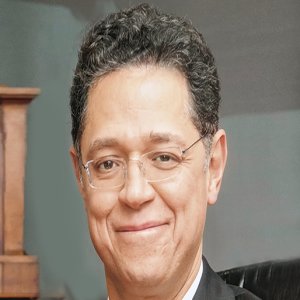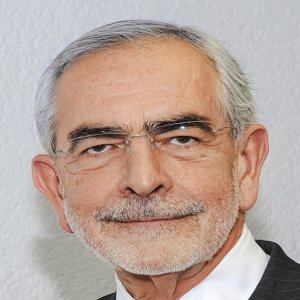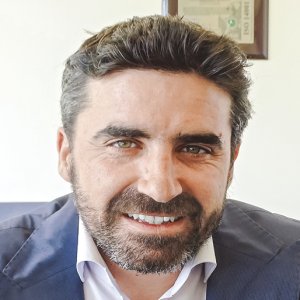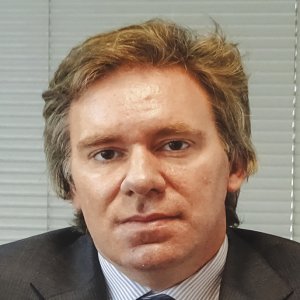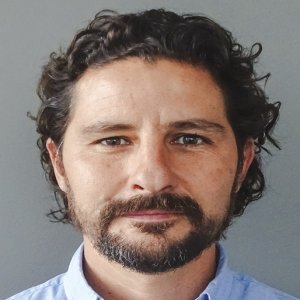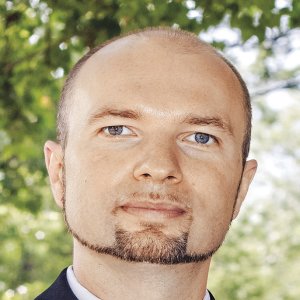Feeding Energy to a Food Giant

STORY INLINE POST
Along with spicy food, the average Mexican cupboard is likely to hold pasta, mayonnaise or canned tuna made by Grupo Herdez, a Mexican company founded in 1914 and listed on the Mexican stock exchange (BMV) since 1991. The company has 13 production plants in the country plus two abroad, as well as 500 Nutrisa stores that sell frozen yoghurt products across the country.
For Grupo Herdez’s products to reach consumers the company employs large amounts of thermal and electric energy to operate its plants. In an era of growing sustainable awareness, the group adds its name to those seeking energy efficiency and looking to capitalize on the Energy Reform opportunities.
Julio Santos, General Manager of Energía para Conservas, a Grupo Herdez subsidiary that focuses on providing energy solutions for the food industry, says that reducing costs is not the only motive for pursuing these objectives. “Grupo Herdez is listed in the IPC Sustentable index of the BMV, which requires companies to establish and comply with certain sustainability goals. This, however, is not the main reason for Grupo Herdez to invest in sustainability. We are committed to being environmentally friendly because we want to protect our planet and its future,” Santos says.
The company already supplies 32 percent of its electricity needs from a wind farm. Its goal is to increment its clean energy consumption to 50 percent by 2018. Raising renewable energy consumption, however, is not always an easy task. “The drop in electricity tariffs taking place this year represented a challenge for us as we paid 32 percent more in electricity costs than if all our energy came from CFE (due to previous agreements),” Santos says. “Grupo Herdez maintains its commitment to renewable energies due to its sustainability value but we are still a business. We therefore looked for a new agreement with our supplier, finally agreeing to be compensated for the money we did not save due to the drop in CFE’s tariffs. Our final negotiation states that our supplier will provide extra energy to us after a 15-year period according to the percentage we did not save due to the tariffs.”
To tackle its energy challenges the company created an energy division in 2015, later deciding to open Energía para Conservas, a new subsidiary managing all these aspects. The subsidiary now focuses only on Grupo Herdez’s needs but Santos does not rule out selling energy to third parties in the future. “Energía para Conservas is working on a co-generation power plant for one of Grupo Herdez’s factories in San Luis Potosi. The production process at this plant requires high amounts of thermal energy, which makes it suitable for installing co-generation equipment. This project, currently registered as self-supply, was delayed because of the Energy Reform but we expect it to start functioning in early 2017,” he says.
Energía para Conservas could also participate as a qualified supplier in the new market but the company is still working to define an appropriate strategy. “Grupo Herdez is not an expert in energy trading so we are relying on specialized consultancies to define the best strategy for us to cover our energy needs and participate in the wholesale electricity market,” Santos says.
Through Energía para Conservas, Grupo Herdez is also analyzing how best to raise the share of renewables in its energy mix, considering different options such as investing in its own power plants or purchasing energy from legacy projects or the wholesale market. Santos says the complexity of the new market has brought new challenges for the company but it has also opened the door for many new possibilities. In parallel to its clean energy targets, the company has been working constantly to improve its efficiency, achieving a 10 percent reduction in its energy consumption since 2009. “We joined the National Program for Energy Management Systems (PRONASGEn) as a strategy to reduce our facilities’ energy consumption,” says Santos. “Our main goal at the moment is to implement real-time monitoring and energy audits in all our production facilities. We have already invested US$400,000 to implement these devices and we expect to have energy goals in all our production plants by 2018.”
